When it comes to matching impedance, removing background hisses and having the right amount of power output with sensitive headphones, there are not that many options available. One of them is the iFi IEMatch, a nifty little device that looks like a short cable extender. Its looks conceal a much more interesting device, one that covers all the use cases I mentioned previously.
Contrary to the iFi Ear Buddy, the IEMatch offers an option for balanced connections and also allows one to choose the level of the volume reduction and the damping factor.
Disclaimer: iFi sent me a loan unit to allow me to try the product. iFi has additional information on their website.
TL;DR: recap
| Pros |
Cons |
| Allows for better volume management
Removes power noise and other interferences Makes it possible to better match impedance Support for both balanced and single-ended lines High-quality materials |
None |
Rating: 10/10
Packaging & Accessories
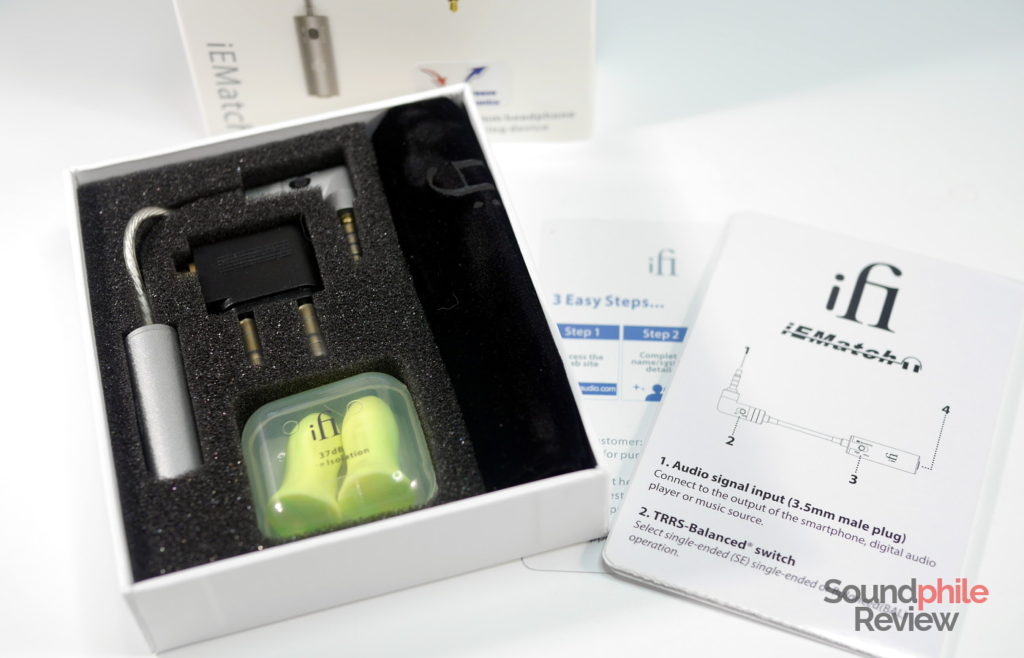
The iFi IEMatch comes in a simple cardboard box with foam to keep everything in place. In addition to the IEMatch itself, the box holds an iFi-branded carrying pouch, an aeroplane adapter and a pair of earplugs identical to those included in the Ear Buddy package (spoiler: they work hella good. Rock concert-tested.).
iFi IEMatch
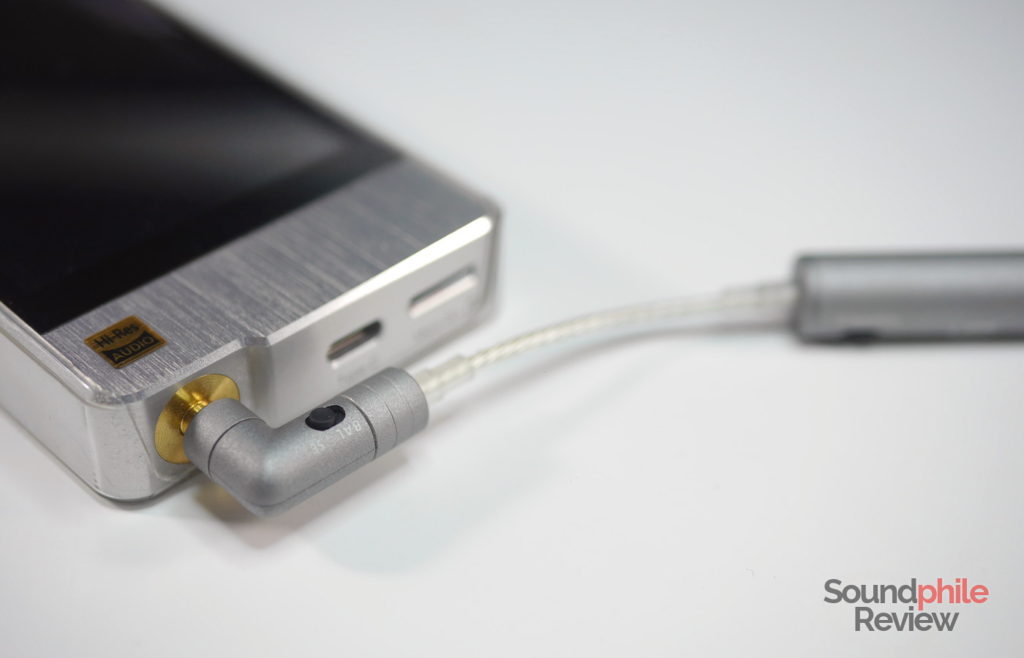
The iFi IEMatch was born out of the need to use sensitive headphones with equipment that either has background electrical noise (something which can be attenuated, although to a larger expense, using products such as the iFi AC iPurifier) or outputs too much power for the volume to be acceptable. Another factor is impedance matching, which may cause distortions and alterations in the frequency response. This nifty device helps solving all these issues.
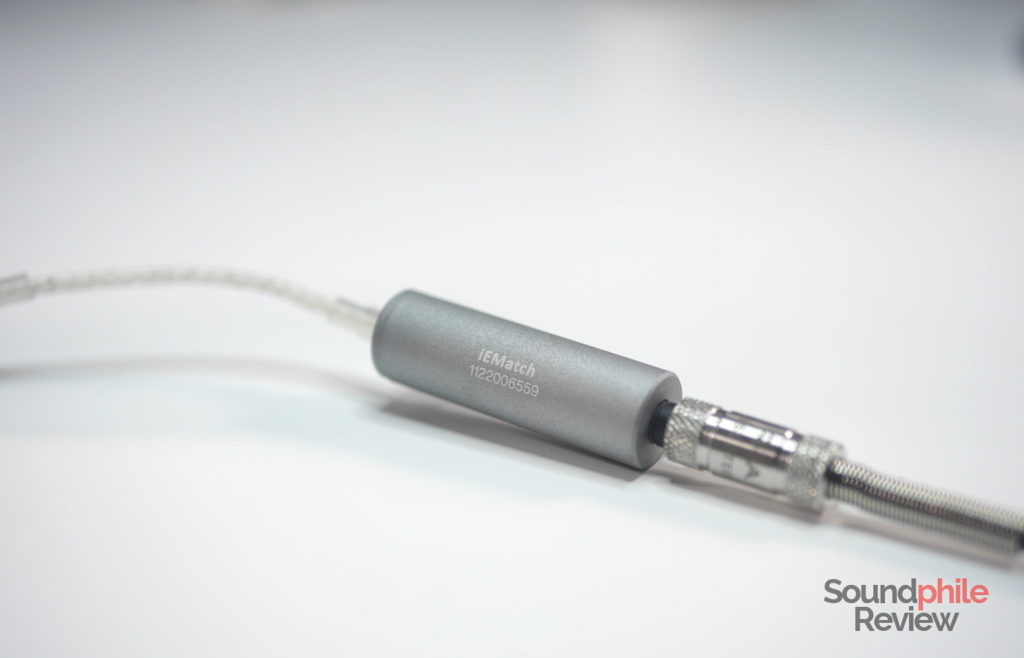
The casing is made of a magnesium-aluminium alloy and is silver-coloured (no pigment is applied, it seems). It appears rather sturdy and durable. There is a 5 cm long cable which appears to be silver-plated copper, encased in transparent plastic with strain reliefs at both ends as to avoid damage from excessive bending. It looks a bit flimsy, but it is solid and strong; being round, it does not suffer from twisting and bending as much as the cable on the Ear Buddy. The jack connector is a right-angled 3.5 mm TRRS jack, but it works well with devices that only accept TRS jacks (e.g. my Head ‘n’ HiFi Objective2): there is a switch that selects whether the connection is balanced or not, and in the latter case it acts as a TRS jack.
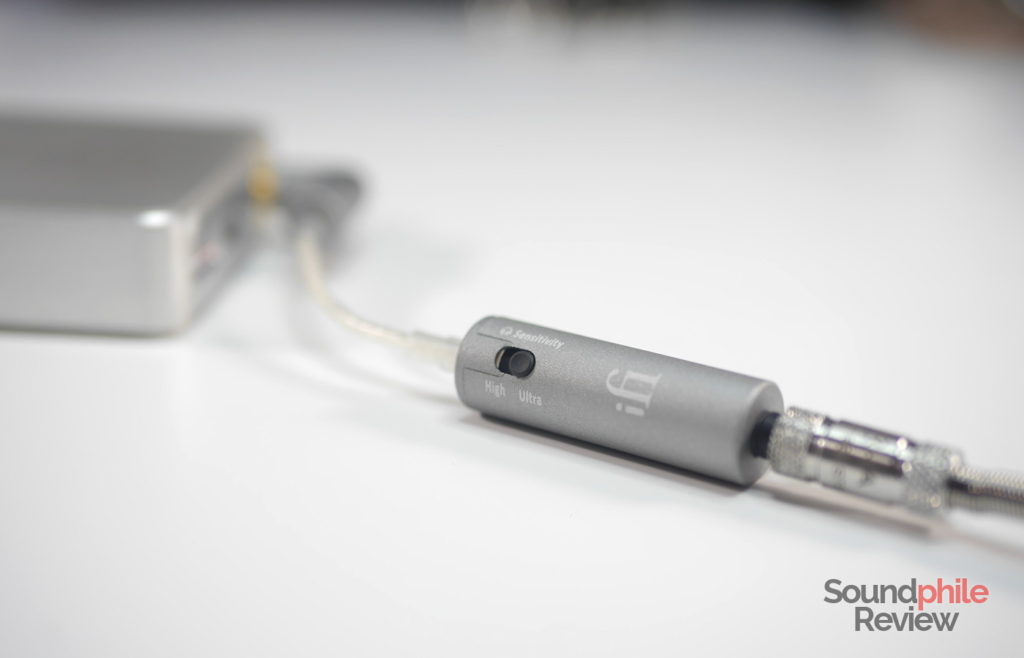
On the female connector’s casing is another switch which selects the sensitivity grade: it is either “High” (12 dB reduction) or “Ultra” (24 dB reduction), with the former having less attenuation than the latter, which is made for extremely sensitive headphones.
The IEMatch is similar to the Ear Buddy, but there are a few substantial differences: not only is it made of premium materials (and carries a matching price tag, too!), but it allows you to select the attenuation level (12/24 dB vs 16 dB) and to also use balanced headphones. It also allows one to use headphones with a remote: selecting the “balanced” option it is possible to keep the remote working while taking advantage of the full features of the IEMatch.
Sound
I used the iFi IEMatch with a variety of sources, ranging from portable devices (Cayin N5ii, Hidizs AP200, Topping NX4 DSD, iFi nano iDSD Black Label) to desktop devices (iFi micro iDSD Black Label, Topping DX7, Head ‘n’ HiFi Objective2, Little Dot MKIII SE) and with multiple headphones (HiFiMAN HE-560, Sennheiser HD 6XX, KZ ZS6, RHA T20i, KZ ZSR, TRN V10, Venture Electronics Asura 2.0s, Venture Electronics Monk Lite).
In each and every case, save for the full-size headphones, I found the sound to be hiss-free and more dynamic; as my setup displays a certain amount of power noise, there was a clear difference when using the IEMatch as the background turned completely silent. From this standpoint, the sound quality has immensely benefited from using the IEMatch as I could hear the music better, as in “without unwanted noise and at the right volume”.
The iFi IEMatch is completely transparent: there are no audible deviations from the frequency response curve the source device normally has with the right impedance matching. There are therefore no acoustic cons to this device.
Final Thoughts
The iFi IEMatch is an essential device for anyone who owns sensitive headphones. Its simplicity and usefulness are extreme; you just need to attach it to your headphones and enjoy them – there is no other action that one needs to take or complex theory behind it one needs to understand before using it correctly. Having two different levels and the option to use balanced headphones or headphones with a remote makes it useful in practically any situation, from the desktop amplifier to DAPs. I love it – and you should, too.
The MSRP for the iFi IEMatch is $49.90.

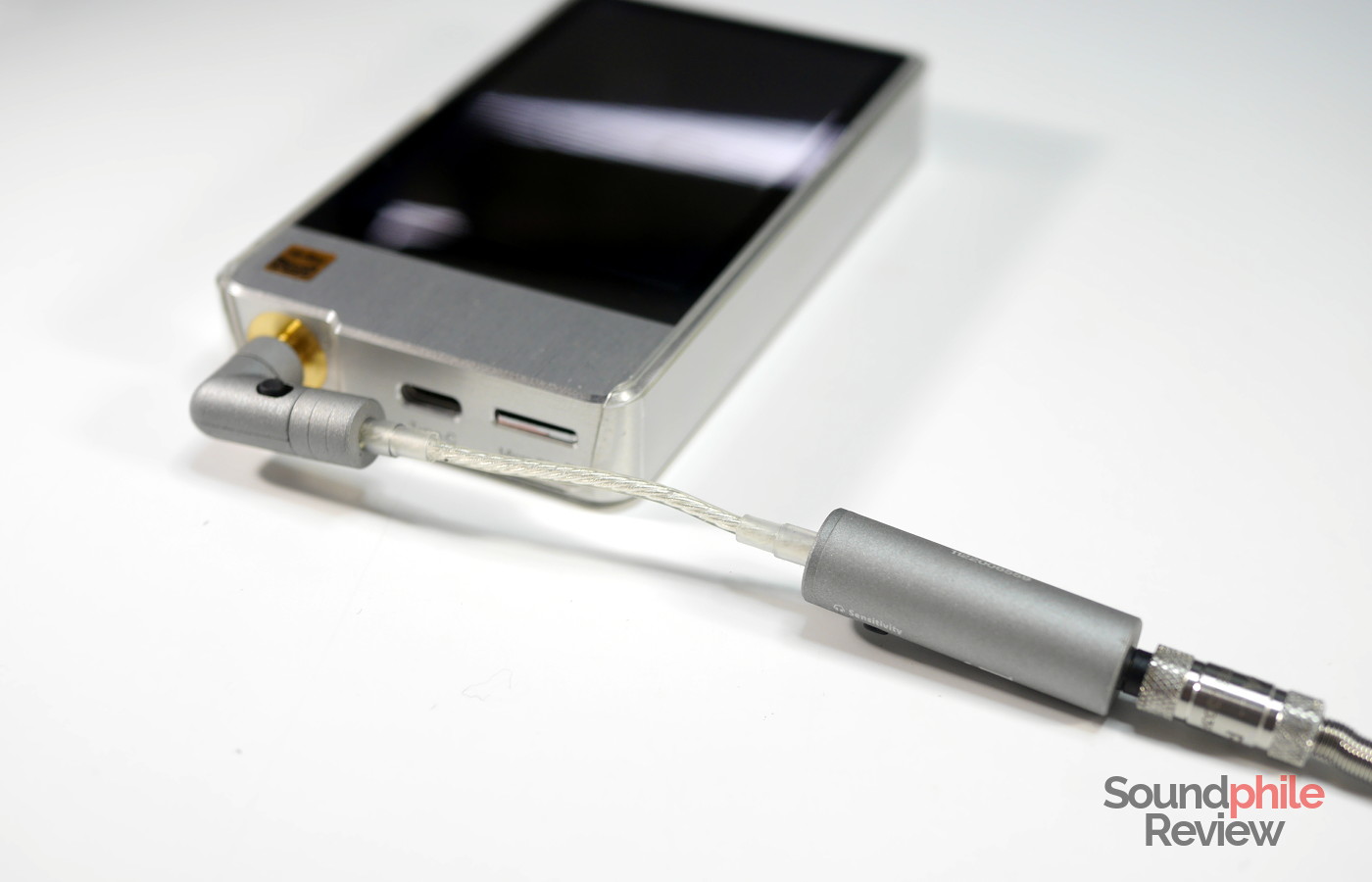


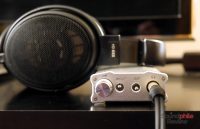
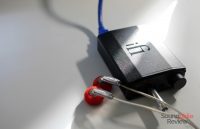
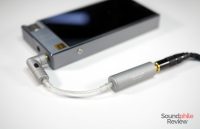


I know this is an old review so maybe you’ll see this, maybe you won’t; but you said “save for the full-size headphones” and then did not elaborate. Does it work for them too?? Any negatives there? TIA if you get to see this and reply.
Hi! You are right, that was not clear – sorry about that. What I meant is that the full-size headphones I tried did not actually need the IEMatch as they were already hiss-free. Other headphones might need it, though: it depends on impedance (if it’s lower than 50 Ω you will probably benefit from the IEMatch) and sensitivity (generally if it’s higher than 100 dB). Mind you that those need to be true at the same time, as a headphones with low impedance and low sensitivity or high impedance and high sensitivity won’t need the IEMatch.
There’s no negative in using the IEMatch in general, save for the fact that it makes you headphones harder to drive; if you already have hard-to-drive headphones that may put excessive stress on your amplifier, depending on how much power you have available.
Thanks for replying Riccardo! I didn’t confirm to receive comment replies so I didn’t see this and forgot to check back of course. Either way I got the IEMatch and use it to lower the hiss & background noise from my Schiit Lyr, mainly for my over-ears, and it worked a charm! The Lyr has gobs of power (probably way too much, imo!) so putting more load on it was no issue whatsoever. It went from unlistenable on my Focal Clears to, well, clear! Also cleaned up noise I could hear on my HD600’s while adding a little tube influence.
Plus I can use very sensitive IEMs on my amps now with no issue if I so desire.
It’s certainly a good little device when you don’t want to make your own impedance pad or spend a bunch on a custom made one. IFI nailed it on this one!